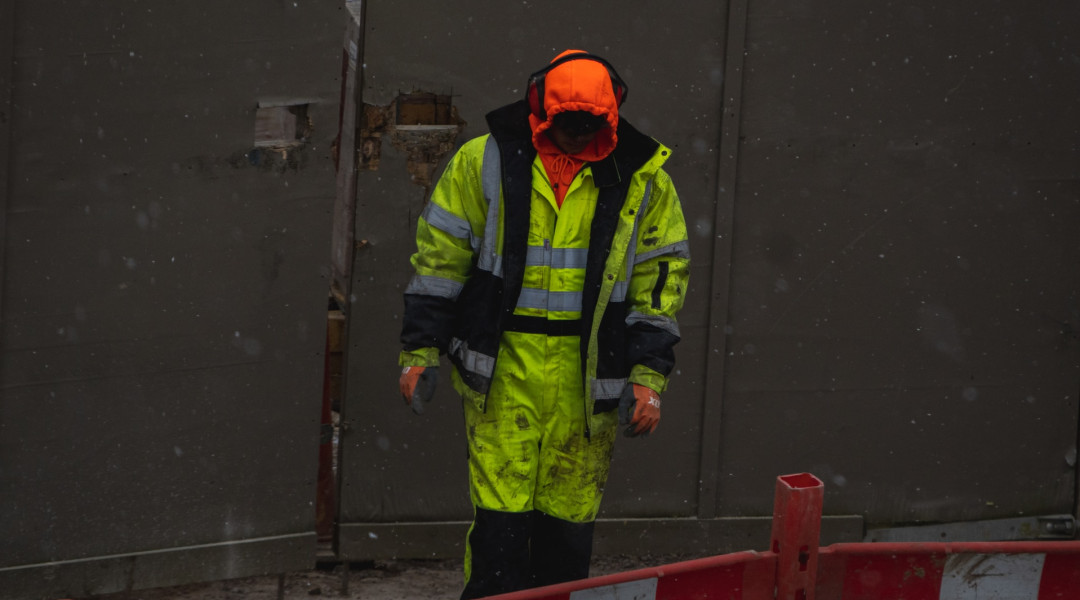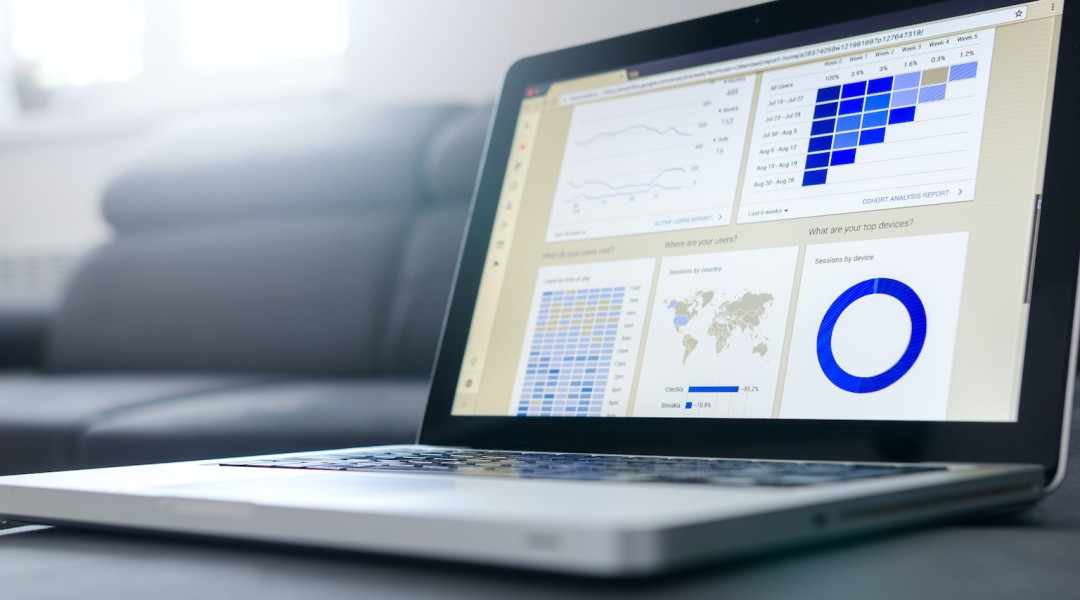Digital Fabric Roadmap katalysator wereldwijde samenwerking virtual design
29-03-2021 - Modint, de International Apparel Federation (IAF) en het Amsterdam Fashion Institute (AMFI) hebben - mede mogelijk gemaakt door ClickNL - de ‘Digital Fabric Roadmap’ (DFR) gepubliceerd. Alle drie de organisaties zijn het er over eens dat virtuele 3D-visualisatie van kleding een van de belangrijkste uitdagingen, maar ook een van de belangrijkste kansen is voor de mode- en textielindustrie. De DFR geeft in duidelijke stappen aan wat er aan afstemming nodig is om textielproducenten, kledingfabrikanten en -inkopers, evenals leveranciers van technologie op elkaar af te stemmen. Dit is cruciaal in de doorontwikkeling op het gebied van digitaal design en 3D virtuele visualisatie van producten in onze branche.
Verbetering workflow
Digitaal design en 3D virtuele visualisatie stelt bedrijven in staat om hun ontwerpen te delen en aan te passen, virtuele beoordelingen van pasvorm en goedkeuringen uit te voeren. Het faciliteert digitale koopsessies te houden in de hele toeleveringsketen op levensechte virtuele avatars. Het proces helpt ook bij het versnellen van de productontwikkelingstijd, vermindert de behoefte aan fysieke monsters, kan de workflows en besluitvorming verbeteren en stelt bedrijven in staat flexibeler te zijn en te reageren op veranderende marktbehoeften. Naast deze voordelen kunnen 3D-oplossingen ook een substantiële impact hebben op duurzaamheid en afvalvermindering. Minder monsters betekent minder materiaalafval en een kleinere ecologische voetafdruk en, misschien nog belangrijker, een betere afstemming tussen vraag en aanbod wat leidt tot minder onnodige productie.
Standaardisatie vereist
Het maken van een levensecht virtueel kledingstuk of een digitale variant van het basisdesign vereist dat de stof die in het monster wordt gebruikt er precies hetzelfde uitziet, zich gedraagt en drapeert als het fysieke monster. Maar als het gaat om materiaalsimulatie op basis van fysische en mechanische eigenschappen, is de industrie nog onderontwikkeld. Er is een gebrek aan ervaring, maar ook een gebrek aan standaardisatie bij het verzamelen en communiceren van de gegevens waarop de digitale variant is gebaseerd. De standaardiseringsinspanningen zijn zeker begonnen, geleid door grote merken en retailers en de belangrijkste technologieleveranciers, maar de ‘rest van de industrie’, zoals vertegenwoordigd door brancheorganisaties over de hele wereld, is onvoldoende bij deze inspanningen betrokken.
Versnellen
De Digital Fabric Roadmap is bedoeld als katalysator voor een wereldwijde en branche brede samenwerking. Voorgestelde acties variëren van het stimuleren van bedrijven om gewoon aan het werk te gaan en hun stof- en kledingmonsters te digitaliseren tot specifieke oproepen tot verdere standaardisatie van metingen en communicatie. Met behulp van de Digital Fabric Roadmap spelen Modint, IAF en AMFI een leidende rol in het streven van onze branche om de implementatie van virtuele 3D-visualisatie te versnellen.
--------------------------
Digital Fabric Roadmap supports global collaboration in virtual design
Dutch fashion and textiles association Modint, the International Apparel Federation (IAF) and the Amsterdam Fashion Institute (AMFI), powered by ClickNL, have drafted the ‘Digital Fabric Roadmap’ (DFR). All three organisations are fully aware that 3D virtual visualisation of garments is one of the prime challenges, and also one of the prime opportunities for the fashion and textile industries. The DFR seeks to align textile producers, garment manufacturers and buyers, as well as providers of technology to pave the way for 3D virtual visualization of our industry’s products.
3D virtual visualisation enables companies to share and modify their designs, carry out virtual fit reviews and approvals and hold buying sessions across the supply chain on true-to-life virtual avatars. The process also helps speed the product development time, reduces the need for physical samples, can improve the workflows and decision-making – and critically, lets companies be more agile and responsive to changing market needs.. Adding to these benefits, 3D solutions can also have a substantial impact on sustainability and waste reduction, with fewer samples meaning less material waste and a smaller carbon footprint and, perhaps even more importantly, with a better match between supply and demand leading to less unnecessary production.
3D virtual visualistion or creating a true to life virtual garment sample or digital twin requires the fabric used in the sample to look, behave and drape exactly the same as the physical sample. But when it comes to materials simulation based on physical and mechanical properties, the industry is still underdeveloped. There is lack of experience, but also a lack of standardization of gathering and communicating the data on which the digital twins are based. Standardisation efforts have certainly commenced, led by large brands and retailers and the major technology suppliers, but the ‘rest of industry’ as represented by industry associations across the world is insufficiently connected to these efforts.
The Digital Fabric Roadmap aims to act as a catalyst for a global and industry-wide collaboration on this topic. Proposed actions range from stimulating companies to simply get to work and start digitizing their fabric and garment samples to specific calls for further standardization of measurements and communication. Aided by the Digital Fabric Roadmap MODINT, IAF and AMFI are taking a leading role in our industry’s drive to accelerate the implementation of 3D virtual visualization.

